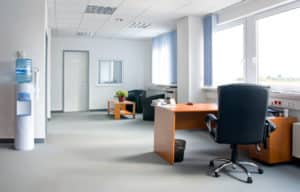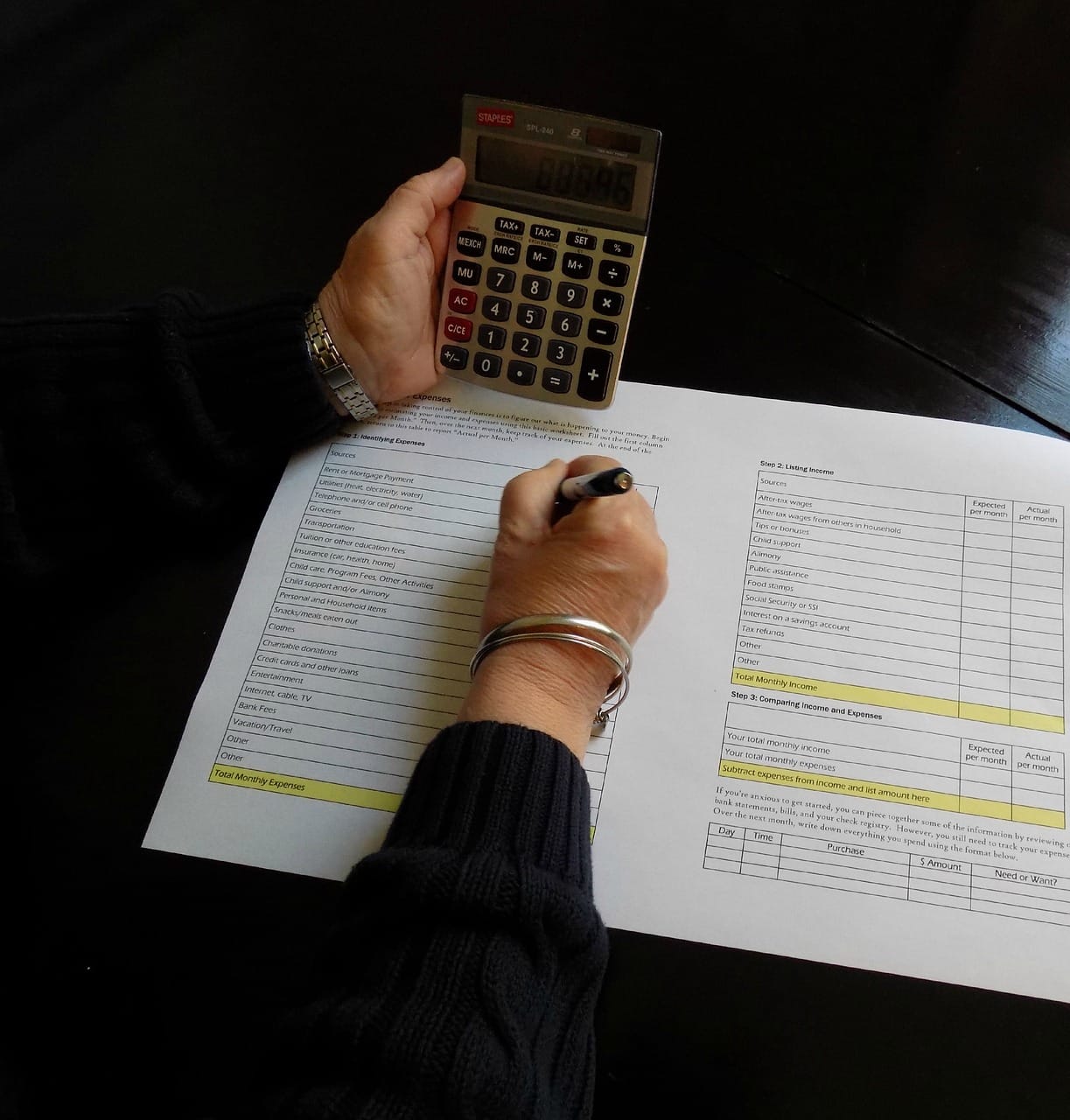When you are just starting out, or perhaps you simply just have a small business, keeping costs down is crucial. You can’t afford to waste cash on things you don’t need, and time dealing with anything other than your priorities. Here are five key expenses faced by many small offices and how to minimize them.
1. Office Space
First you should ask yourself, Do I really need an office at all? Working out of one’s home is quite acceptable these days. Internet based businesses are able to put up their shopfront in a virtual world without anyone knowing where the physical work happens. Even if you do plan on bringing clients over to meet you, a home office can still be a cheap, neat, and functional space separate from living areas of your house. You can read about setting up a home office here.
If you must have office space, try negotiating the rent down a little. In many areas landlords are struggling to fill space, and once tenants are in there they don’t want to lose them. Use it to your advantage. Ask for lower rent or more flexible lease terms such as a rent-freeze for two or more years.
If you are locked in to a larger office and not fully utilizing it, perhaps you can sub-let out a room to somebody. Sometimes micro-businesses need office space because their home is unsuitable, and a single cubicle or a small room would be perfect for them.
2. Office Furnishings

Whether you are working from home or in a commercial office, you are going to need some basic furniture such as chairs, desks, and storage. To keep costs down you should look on the second hand market – whether that be EBay, Craigslist, or some other local classifieds service. There are many bargains to be found at a price heavily discounted off retail. Plus you are in a better position to negotiate down the asking price. Items for sale might not be in new condition, but who cares if there is a scuff or scratch present? There are hundreds of dollars to save by buying used furniture, or conversely, hundreds of dollars to waste on purchasing new furniture.
3. Staffing
For many businesses this is a significant cost, perhaps 50 to 80% of your total overhead. Hire only when it hurts – when you just can’t survive without the extra help, working crazy hours, and the business simply cannot function much longer on the staff you have. It will mean the new recruit won’t be sitting idle waiting for business to develop, so you can get more output from their wage, and they will have plenty to do to keep them occupied and interested in the work.
On the other side of the employment ledger, if somebody is not working out, or you just can’t afford them long term, firing should be done fast. Don’t wait, don’t hope, just get it over and done with. The conversation will be uncomfortable for many bosses but you, the former employee, and the rest of the office staff will be better off for it. Once the deed is done don’t jump straight in to hiring again – try to delay, again until it hurts.
4. Consumables
Reduce paper, reduce toner and ink, reduce printed material in general. This eco-friendly idea is also a major cost saver. Check out our tips on How To Reduce Paper Usage In The Office on exactly what you can do to reduce consumable costs.
If you have a fax machine consider moving to an email fax service, even if only for inbound. Many e-fax services will port your existing number, and although the initial setup cost might seem high, over a year and beyond you will save money each and every month you don’t have to pay for line rental, paper, toner, and equipment maintenance costs.
5. Power
If you run a lot of electronic equipment and/or you have heaters and air conditioners, electricity costs could be significant for your small office. For tips and ideas on how to reduce power costs and help save the environment, have a read of The Environmentally Friendly Office. There is always opportunity to reduce power usage by turning off or changing lights, turning down the cooling just a pinch, or replacing energy-sapping equipment.
Here we have presented strategies for reducing overheads and expenses in a small business. Office space, furnishings, employee, consumables and power costs can all be reduced with some smart thinking. Why not have a look at your office expenses today and see what savings you can make? Both now and over the next 12 months.

